Hunting blinds are essential tools for many hunters, providing concealment and a stable platform for observing and shooting game animals. One critical aspect of a hunting blind’s design is the height of its windows, which can significantly impact a hunter’s effectiveness. Have you ever wondered how high should hunting blind windows be when setting up your own one?
This article explores the ideal window heights for different types of hunting, considering various factors to ensure comfort and success in the field.
Factors to Consider When Determining Blind Window Height
When setting up your hunting blind, the height of the windows is a crucial factor that can significantly impact your visibility, comfort, and shooting accuracy.
Here are some important factors to consider how to choose the ideal height for your blind.
Type of Hunting
The type of hunting and weapons play a significant role in determining window height.
Bow hunters often require lower window heights for easier arrow drawing, while rifle hunters benefit from higher windows that allow for a stable shooting position. Meanwhile, for different games hunting, such as deer or waterfowl, may necessitate specific window placements to optimize visibility and concealment.
Types of Blinds
Whether a ground blind or an elevated blind, the types also affect the optimal window height.
- For Ground Blinds: These hunting blinds typically have lower windows since hunters may sit on the groundor a outdoor chair. A common recommendation is to have windows between 32 to 40 inches from the ground. Our many hunters suggest that windows should be low enough to avoid the need to stand when getting ready to shoot, allowing for better visibility in pursuing
- For Elevated Blinds: A height between 40 to 42 inches is often preferred for elevated box blinds. Hunters who use guns usually need slightly larger windows, but bow hunters may require windows that provide more space for movement and standing upright. A height ranging from 36 to 40 inches is often mentioned as a suitable middle ground for both hunting scenarios.
Hunter’s Height
The stature of the hunter is another important factor. There is no doubt that taller hunters will need a higher window to maintain a comfortable shooting position, while shorter hunters should consider lower windows for ease of use.
For example, a hunter of 6 feet or above might find a window height of 42 inches ideal, while a shorter hunter may benefit from a height closer to 33 inches.
Chair and Seating
The type of chair we use in the blinds can significantly affect window placement. The best window height depends on the chair you sit in. For example, during winter you may need to add a seat cushion, the added height of the chair will require a higher window from your point of view for shooting.
It is recommended to use adjustable hunting chairs which allow for changes in height based on preference and help you find the perfect position.
Shooting Angle and Distance
It’s important to also think about the angle you will use for shooting. If your blind is located on a hill or elevated platform, you may have to modify the height of your window.
Some hunters discovered that reducing the height of the window helps them spot deer they may have missed otherwise.
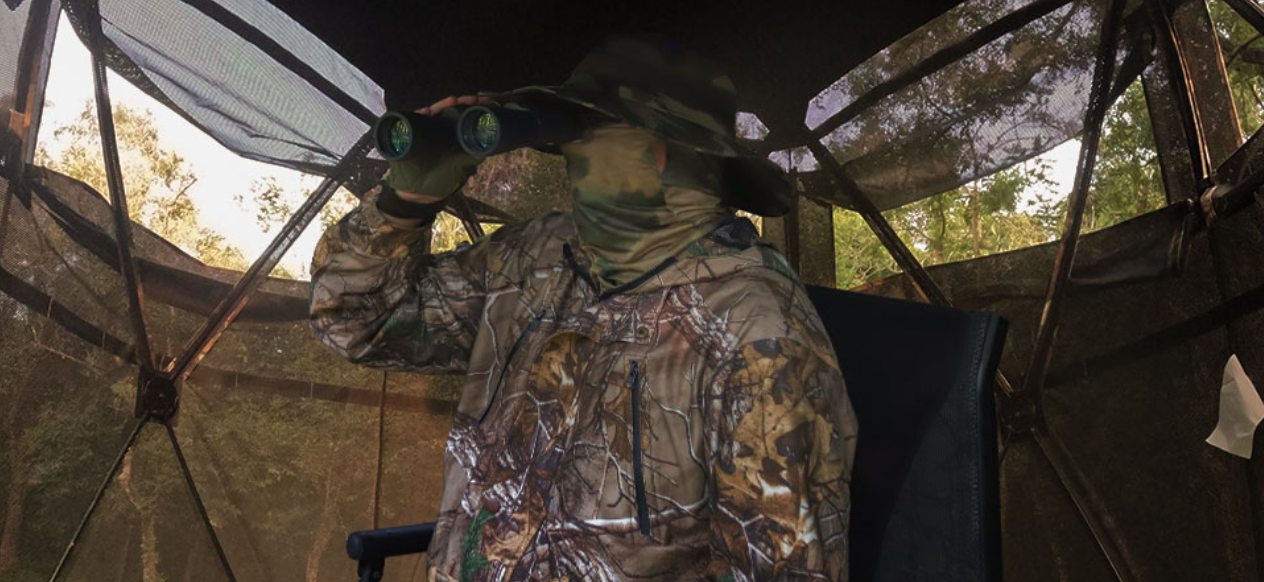
Kalkal see-through hunting blind
How High Should Hunting Blinds Windows Be?
As hunters, we always want to strike for the perfect blind setup to ensure a successful hunt. One key aspect is the height of the windows in our hunting blind. We already know those important factors that affect the setup of the height of our blind window.
Now we have explored and found suitable answers to the question of how high hunting blind windows should be, according to the real experience and expert recommendations.
For Rifle Hunting
Typical Height Range: Typically, the recommended window height for rifle hunting ranges from 36 – 40 inches above the floor. This distance enables hunters to maintain a comfortable shooting stance while having a clear view.
Having a solid shooting rest is essential for improving accuracy. A blind window height in this range makes it easier to use shooting rests, providing stability for accurate shooting.
Many seasoned rifle hunters agree on this height for optimal performance.
For Bow Hunting
Typical Height Range: Bow hunters typically find windows between 24 – 30 inches from the floor most effective. This lower height accommodates the need to draw a bow smoothly and quietly.
This height allows for comfortable bow drawing while remaining concealed. It also provides enough space to maneuver the bow without hitting the top of the window frame.
According to many bow hunters, they have found success with these window heights to enhance their experience and ensure they can draw their bows without spooking nearby deer.
For Deer Hunting
Typical Height Range: The window height of a blind for deer hunting depends on what weapons you use. The same as we talked before, for rifle hunting, a height of 36 – 40 inches allows for a good vantage point, while for bow hunting, 24-30 inches provides a lower profile.
During deer hunting, the ideal window height should allow for a range of shooting angles while helping maintain concealment. Hunters can use camouflage netting or blinds with adjustable windows to adapt to different hunting scenarios.
For Waterfowl Hunting
Lower Window Heights: For waterfowl hunting, windows should be positioned between 12 – 18 inches above the waterline. This lower height makes it easy to shoot from a seated or kneeling position that is more stable and accurate. Also, it will not expose hunters to birds easily.
This height helps hunters remain concealed while still having a clear view of the water and sky. It also enables easy and fast access to shooting positions without needing to make sudden movements.
For better hiding, hunters can wear ghillie suits, or use natural materials like reeds, grass, and branches to cover the blind and windows for enhancing concealment.
Practical Tips For Setting Blind Window Heights
Measuring and Testing
- How to Measure: Before deciding on window heights, measure, and mark positions based on your height and type of seating.
- Testing with Gear: It’s beneficial to test the window heights with the chair you plan to use each time before making the purchase decision.
Adjustability
- Go With Adjustable Windows: If you are building up your own blind, it is better to create adjustable windows that allow you to modify heights as needed for different situations.
- Adjustable Chair: If you cannot change the window’s height, you can use adjustable chairs or cushions to accommodate different heights. Regularly test your setup to ensure that you can comfortably aim your weapon without straining.
General Recommendations
- For Ground Blinds: For deer blind window height, aim for window heights between 32 to 40 inches. Test with the chair you plan to use to ensure a comfortable shooting position.
- For Elevated Blinds: Heights of 36 to 42 inches are generally suitable. Ensure enough headroom if you plan to shoot while standing, especially for bow hunters.
- Keep Testing: Many hunters recommend a hands-on approach—sitting in your chair, aiming with your weapon, and having someone measure to find the most comfortable height.
Conclusion
All in all, the height of windows on hunting blinds is crucial for comfort and efficiency. Factors such as the type of hunting, the hunter’s height, and seating arrangements all play a role in determining the optimal height.
In this article, we have summarized the ideal answer to your doubt about the window height based on various hunters’ experiences and recommendations. We hope it can help you determine the best height for your specific needs.
Want an affordable hunting blind for this season? Check out our Kalkal 300-degree hunting blind to give you a whole new and comfortable hunting experience.


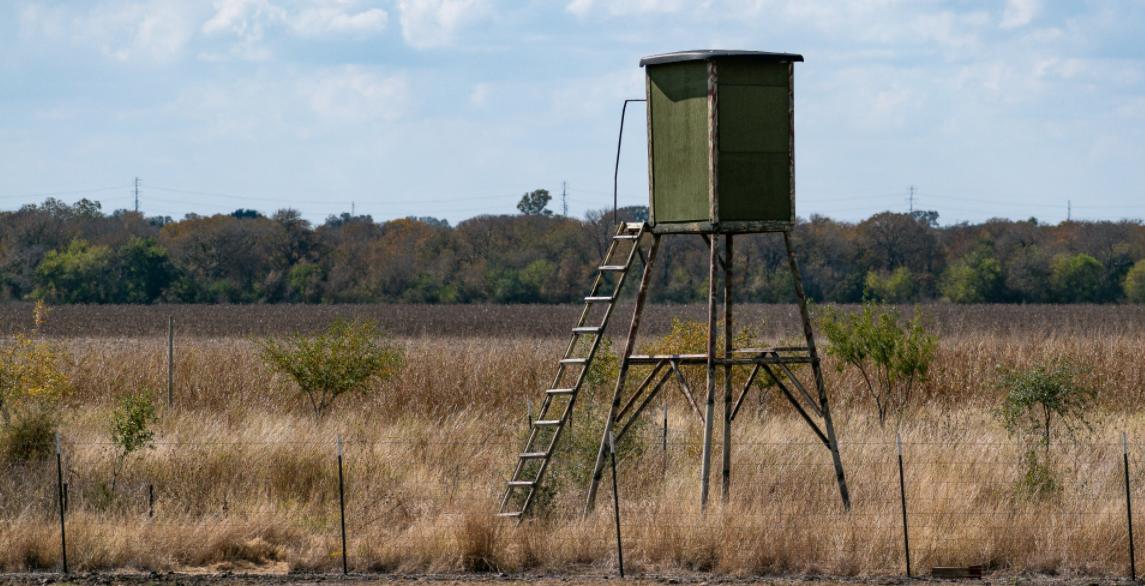
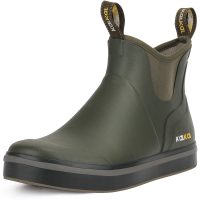

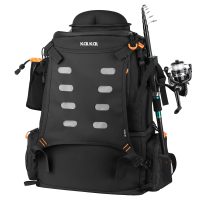
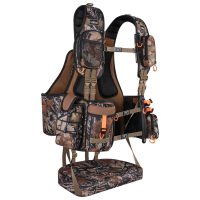
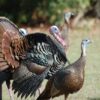




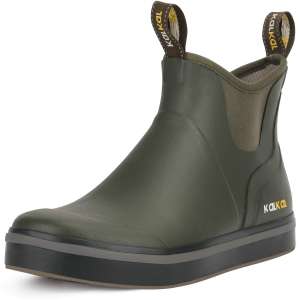
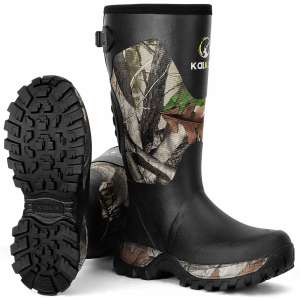
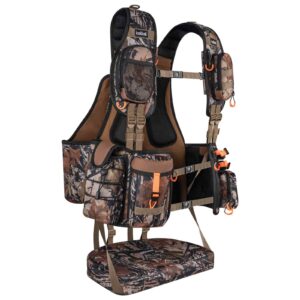
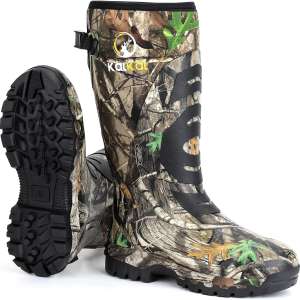
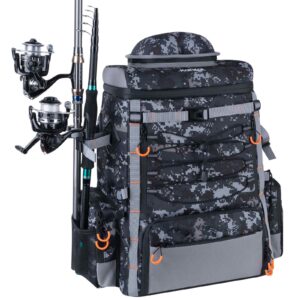



Leave a reply